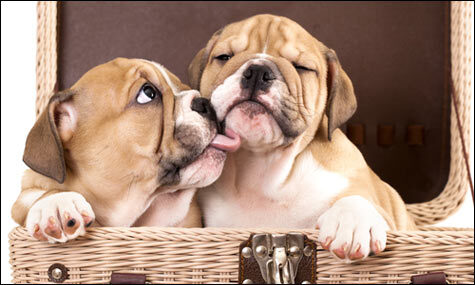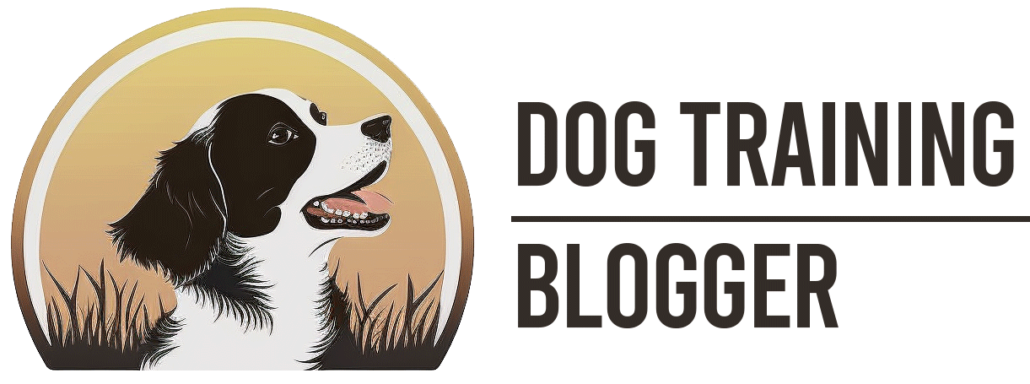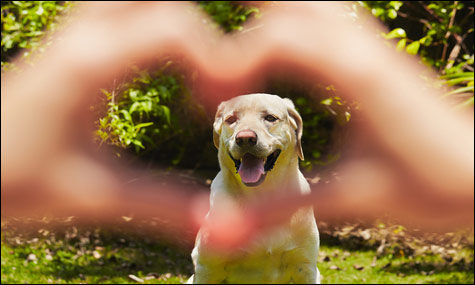Do You Have Puppy Potty Training Problems?

I am guessing that you either do have or have recently had a problem house training a new puppy. I think everybody has that problem sooner or later. However, when you finish reading this article you will see how easy it is by just following the rules.
Before we get started I do want to mention that you have to be consistent and follow the rules. Also I want you to remember that this is usually only a 4 – week program depending on your puppy’s age. So you will not have to do this forever.
I have literally helped 1000’s of people house train their puppies and some of them have really been difficult cases for one reason or another. This program works!
There are 3 places that your dog must be at all times during this program for it to work.
The first place is a crate. We are using the crate to help the pup have control. There should be nothing in the crate because we don’t want the puppy peeing on a blanket or towel. We want the pup to learn that if it pees it will have to stand, sit or lay in it. Mother nature will say don’t do that again.
Remember that a crate is the GREATEST gift you can give your dog because it is a den animal. Here is an article I wrote about which crate is best.
The second place your dog can be is on the GRASS. That is where we want it to do its business in the future so the more time your dog is on the grass the better. Dogs develop a preference for where they do their business. The more it uses your hardwoods, tile or carpet the more of a habit it becomes.
The third place your dog can be at all times is IN FRONT OF YOU. I mean that literally so here is how it is done. You put on the dog’s collar and then attach a leash. Now take the leash and attach it to your belt.
If you don’t normally wear a belt throw one on. The reason we want the dog attached to us is because most puppies do not want to do their business in front of you in the house. You know what I mean. You have probably seen where your puppy likes to go behind the couch or around the corner so you don’t see it.
So as you can already see if you follow these very simple rules your dog will not have a chance to have an accident in your home.
Be sure and remember that puppies pee when they wake up from a nap, get excited, and drink water so make sure that you take them out at all the
appropriate times.
Give these tips a try and I think you will be amazed how quickly your pup will be potty-trained.
If you have an older dog and not a puppy it will work the same way but sometime easier that with a pup.
Just one final thought. Following these rules will also help keep your pup from being able to chew on items around the house. That means your dog will not develop that horrible chewing on everything I can get to habit.
———–
Do you need help potty training your dog? We can help. If you are in , Chattanooga, TN, Clarksville, TN, Knoxville, TN, Huntsville, AL, Indianapolis, IN and Corpus Christ, TX visit our website and give us a call.
Please remember we can help you with dog training or problem solving no matter where you are located. In fact we have clients all over the U.S.

P.S. Do you need some advice from a Canine Behavior Specialist? If so CLICK HERE now!
About Wayne: Wayne Booth is owner of which is headquartered in Nashville, TN but serves clients all over the U.S.. If you have a dog with aggression, behavior problems or simply needs training feel free to contact him.
Wayne has also been teaching people how to become Professional Dog Trainers since 1990 and he is the Training Director of Canine Behavior Specialists Network. If you would like to become a Professional Dog Trainer he can get you started.









